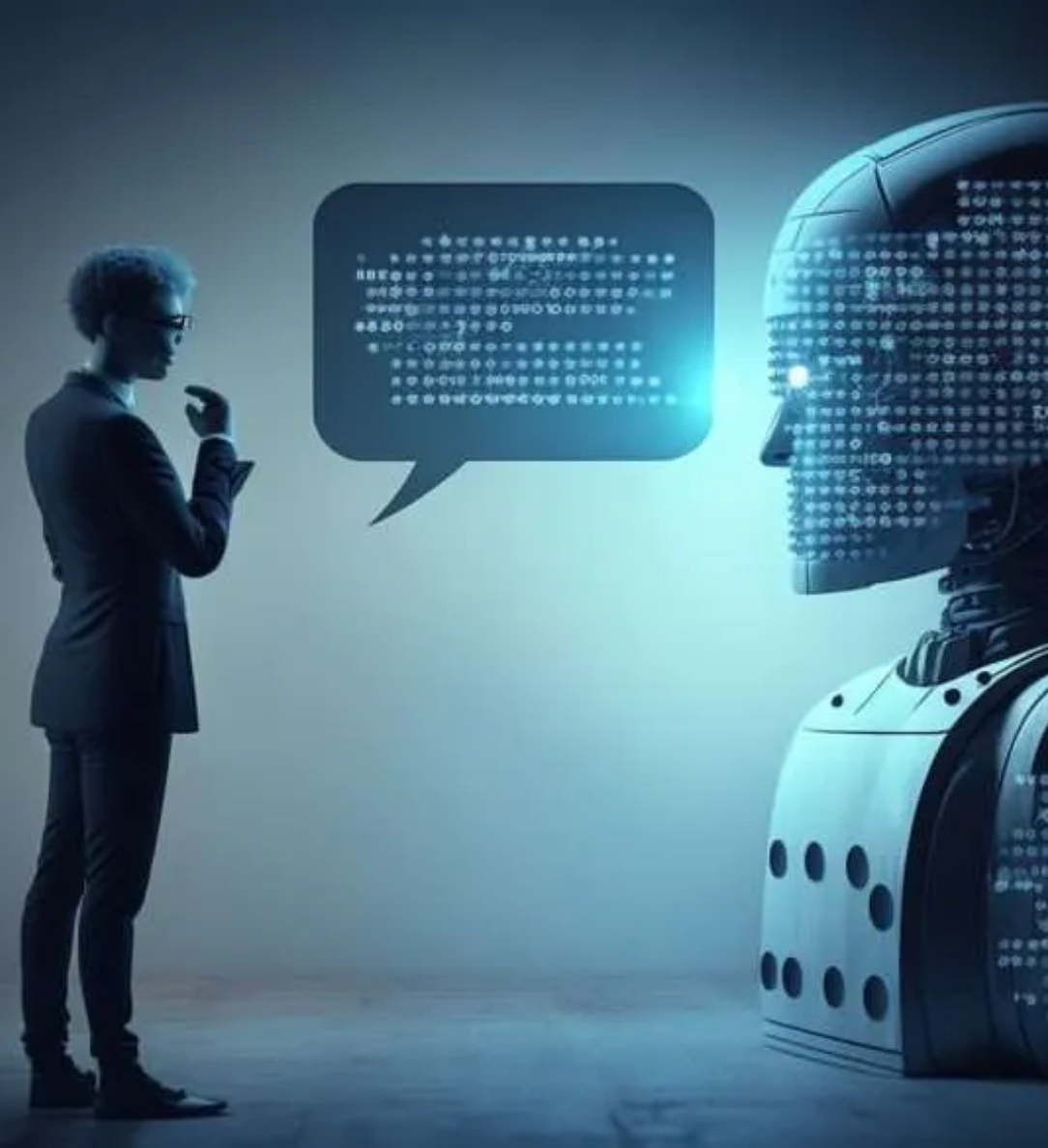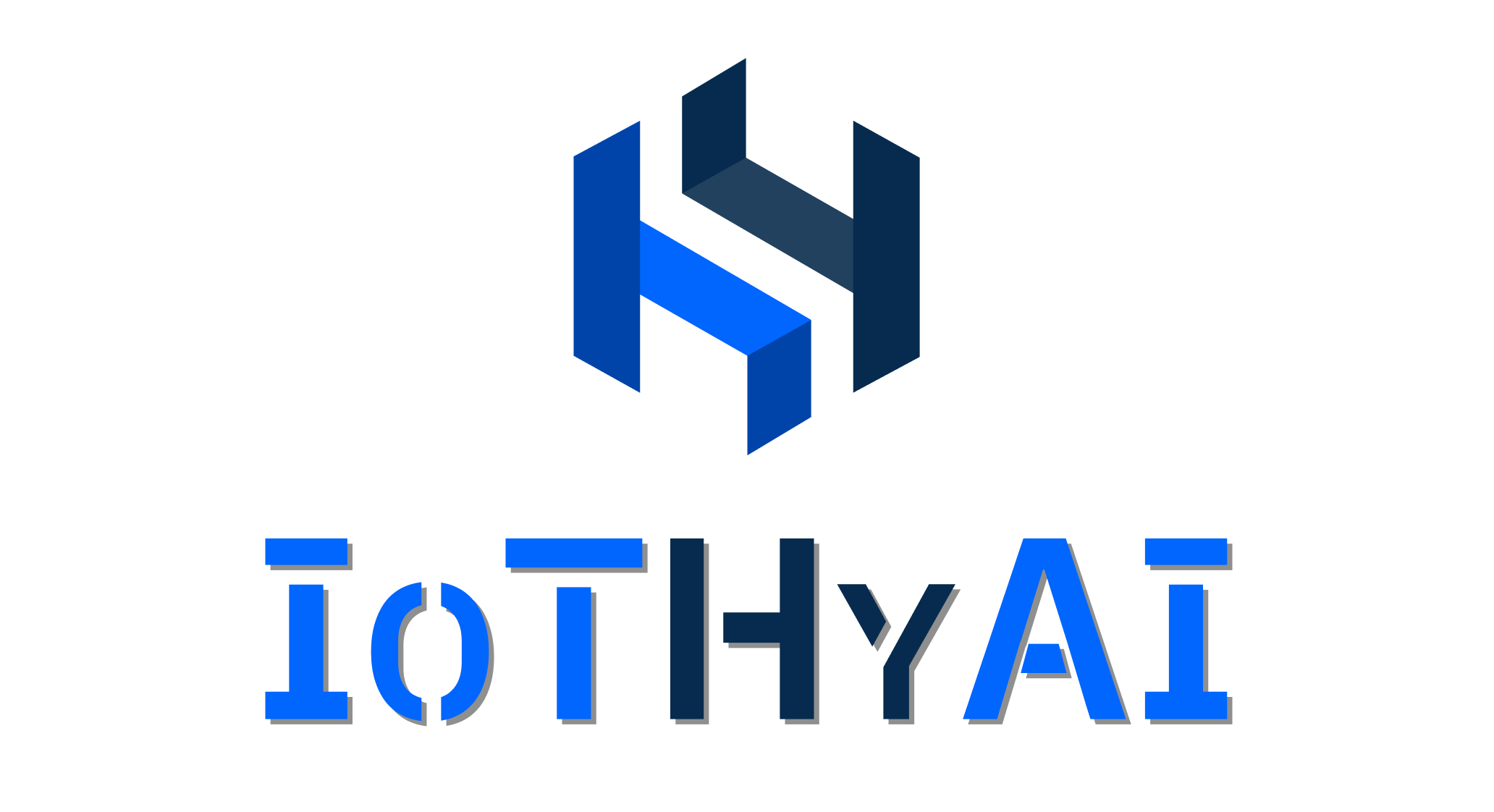Exploring Future Technology
AI and ML are set to disrupt a myriad of industries, including healthcare, finance, manufacturing, transportation, and beyond. These technologies empower businesses to optimize processes, drive efficiencies, and unlock new revenue streams through data-driven insights, predictive analytics, and automation. From personalized medicine to predictive maintenance in manufacturing, the applications of AI and ML are limitless, promising to revolutionize the way industries operate and deliver value.As AI and ML permeate various aspects of our lives, they are reshaping societal norms and behaviors. From the way we work and communicate to how we access information and entertainment, AI-driven solutions are becoming increasingly integrated into our daily routines. This paradigm shift is not only altering the dynamics of human interaction but also shaping new expectations for convenience, personalization, and efficiency in our interactions with technology.
The future of technology is intricately linked with the rapid advancements in Artificial Intelligence (AI) and Machine Learning (ML). These groundbreaking technologies hold the promise to revolutionize numerous industries, redefine societal norms, and fundamentally transform the way we engage with the world around us. Let’s delve deeper into the future potential of AI and ML and their far-reaching implications for society, the economy, and innovation.

Our Solutions
- Predictive Maintenance
- Healthcare Diagnosis
- Personalized Education
- Fraud Detection
- Natural Language Processing (NLP)
- Supply Chain Optimization
- Energy Efficiency
- Sentiment Analysis
- Autonomous Vehicles
- Environmental Monitoring
Key Advantages
The transformative potential of AI and ML to drive innovation
- Automation
- Data-driven Insights
- Personalization
- Predictive Analytics
- 24/7 Availability
- Innovation
56
Customer Satisfaction

Our Approach
Enabling the development of intelligent systems
01
Supervised Learning
The algorithm learns to map inputs to outputs based on the provided training examples, enabling tasks such as classification and regression.
02
Unsupervised Learning
The algorithm is trained on unlabeled data, and its goal is to uncover patterns, structures, or relationships within the data.
03
Reinforcement Learning
The agent learns through trial and error, receiving feedback from the environment in the form of rewards or penalties, and adjusting its actions.
04
Ensemble Learning
Ensemble learning techniques combine multiple models (e.g., decision trees, neural networks) to improve predictive performance.
FAQ’s
Your Go-To Resource for Answers

AI and ML have numerous applications across various industries, including healthcare (diagnosis, personalized treatment), finance (fraud detection, algorithmic trading), autonomous vehicles, natural language processing (virtual assistants, chatbots), and recommendation systems (personalized content, product recommendations).
In traditional programming, rules and instructions are explicitly provided by programmers to solve a specific problem. In contrast, in machine learning, algorithms learn from data to make predictions or decisions without being explicitly programmed.
There are many resources available for learning AI and ML, including online courses, tutorials, books, and open-source libraries. Platforms like Coursera, Udacity, and edX offer courses taught by experts in the field.
Ethical considerations in AI and ML include issues related to bias and fairness in algorithms, privacy and data protection, transparency and accountability of AI systems, and the impact on employment and society.
Businesses can benefit from implementing AI and ML by gaining insights from data, automating repetitive tasks, improving decision-making, enhancing customer experiences, and gaining a competitive edge in the market.

